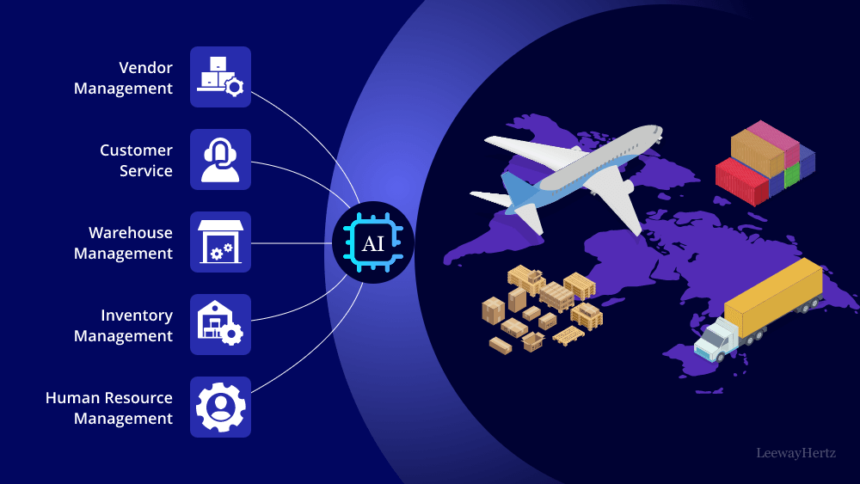In the modern business landscape, the integration of multimedia and administrative tasks is essential for maintaining streamlined efficiency. As companies increasingly rely on technology, finding the right balance between creative multimedia efforts and essential administrative functions can be challenging. This blog post will explore strategies for achieving this balance through effective technology integration, ensuring your business operations run smoothly and productively.
The Importance of Balancing Multimedia and Administration
Balancing multimedia and administrative tasks is critical for several reasons:
- Operational Efficiency: Proper balance ensures that neither administrative tasks nor multimedia projects suffer from neglect. This leads to better overall productivity.
- Resource Management: Allocating resources effectively between these two areas prevents bottlenecks and allows for optimal use of skills and tools.
- Enhanced Creativity: Freeing up time from administrative burdens allows creative teams to focus on producing high-quality multimedia content.
Technology Integration: The Key to Streamlined Efficiency
Technology integration is essential for balancing multimedia and administrative functions. Here are some key strategies:
1. Implementing Collaborative Tools
Using collaborative tools can significantly improve communication and workflow between your multimedia and administrative teams. Tools offer features that facilitate project management, task allocation, and real-time communication. These platforms help ensure that everyone is on the same page and can contribute effectively to both multimedia projects and administrative tasks.
2. Automating Routine Tasks
Automation is a powerful tool for reducing the burden of repetitive administrative tasks. By automating processes such as data entry, scheduling, and email management, you can free up valuable time for your team to focus on more strategic and creative activities. Tools can help streamline these tasks, improving overall efficiency.
3. Utilizing Cloud-Based Storage
Cloud-based storage solutions offer a centralized location for storing and sharing multimedia files and administrative documents. This ensures that all team members have access to the necessary resources, regardless of their location. Cloud storage also provides robust security features to protect sensitive information and facilitates easy collaboration on multimedia projects.
4. Optimizing PC Setup for Multimedia Tasks
For businesses that rely heavily on multimedia production, investing in a high-performance gaming PC setup can provide significant advantages. Gaming PCs are designed to handle high-intensity graphics and processing tasks, making them ideal for multimedia projects that require rendering, video editing, and graphic design. Key components to focus on include:
- High-End Graphics Card: Essential for rendering high-quality visuals and running complex multimedia software smoothly.
- Powerful CPU: A robust processor ensures that multitasking between various administrative and multimedia applications is seamless.
- Ample RAM: Sufficient memory is critical for running multiple applications simultaneously without lag.
- Fast SSD Storage: Quick read and write speeds help in managing large multimedia files efficiently.
5. Leveraging Data Analytics
Data analytics tools can provide valuable insights into the performance of both multimedia and administrative activities. By analyzing data from various sources, you can identify areas for improvement and make informed decisions to optimize your processes. Tools can help you track key performance indicators (KPIs) and measure the impact of your efforts.
Best Practices for Balancing Multimedia and Administration
To achieve a successful balance between multimedia and administrative tasks, consider the following best practices:
1. Prioritize Task Management
Effective task management is crucial for maintaining balance. Use project management tools to prioritize tasks based on their importance and deadlines. This ensures that both multimedia and administrative tasks are completed in a timely manner, preventing delays and bottlenecks.
2. Foster a Collaborative Culture
Encourage collaboration between your multimedia and administrative teams by promoting open communication and teamwork. Regular meetings and brainstorming sessions can help identify potential issues and develop solutions collaboratively. This collaborative culture fosters innovation and ensures that all team members are aligned with your business goals.
3. Invest in Training and Development
Investing in training and development for your team members can improve their skills and efficiency. Provide opportunities for learning new technologies and techniques that can enhance their ability to balance multimedia and administrative tasks. This investment in your team’s growth will pay off in the form of increased productivity and creativity.
4. Monitor and Adjust Processes
Regularly monitor the efficiency of your processes and make adjustments as needed. Use data analytics to track the performance of your multimedia and administrative activities, and be open to making changes based on the insights gained. This continuous improvement approach ensures that your business remains agile and adaptable.
Conclusion
Balancing multimedia and administrative tasks is essential for maintaining streamlined efficiency in your business. By implementing collaborative tools, automating routine tasks, utilizing cloud-based storage, integrating multimedia tools, and leveraging data analytics, you can achieve this balance effectively. Adopting best practices such as prioritizing task management, fostering a collaborative culture, investing in training and development, and monitoring and adjusting processes will further enhance your efforts.






